We have been developing a highly accurate paint deterioration prediction. We will introduce the development of paint deterioration prediction of paint film thickness reduction.
Development of deterioration prediction of paint film thickness reduction
Example of paint deterioration prediction curve
In the Honshu-Shikoku Bridges, we have predicted the disappearance period of thickness reduction of heavy duty coating system by prediction equation, and our basic policy for maintenance of painting is to determine the repainting schedule so that repainting is finished before the paint film is lost.

Also, because there are many long-span bridges, we basically conduct this deterioration prediction for each bridge.
The right figure shows the outline of paint deterioration prediction based on prediction equation. Actual prediction is calculated by the disappearance period of each layer, then calculation is done by adding up the each predicted period. And the disappearance period of top layer, which has a slow thickness reduction rare, has a large effect on the result of the deterioration prediction. Because the durability of top layer has improved, from polyurethane resin paint to fluoropolymer paint, then highly durable fluoropolymer paint (HBS standard), it is necessary to develop a highly accurate paint deterioration prediction considering the changes of top layer.
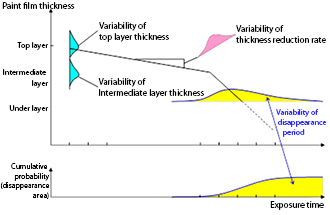
Example of paint deterioration prediction curve
Although the thickness reduction rate and remaining thickness of paint film are used in deterioration prediction, there are variability of these data. Therefore, we developed an inspection to grasp variability, modelling of variability and deterioration prediction method for heavy duty coating system in consideration of variability.
Measurement of remaining thickness, thickness reduction rate of paint film
・Measurement of remaining thickness
To measure the remaining thickness of paint film, the coat thickness of every layer is measured with a wedge cut-style coating thickness measurement device. This device drills into the coating paint using a specialized drill, examines the coating paint in the drilled area using a microscope, and finds the paint thickness by converting the width of the paint layer of the surface of the cutting.

Conceptual diagram of thickness measurement of paint film
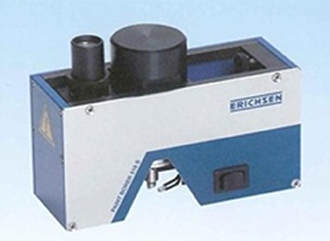
wedge cut-style coating thickness measurement device
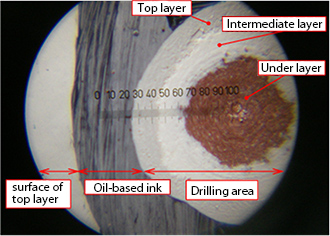
example of drilling area micrograph
・Thickness reduction rate
The method of measuring the amount of wear is based on microscopic observation of the cross section of microscopic deterioration of the coating paint. The area to be investigated has a protective paint applied on it in advance, and set as a measurement point, when a specified number of years have passed after the protective paint is applied, the difference in paint film thickness between the area with the protective paint and one without it is measured. In order to conduct this measurement, we developed a “Paint Cutter” device (Bridge Engineering Co. Ltd.) which is able to make a cutting in a straight line at a fixed angle in the boundary area.
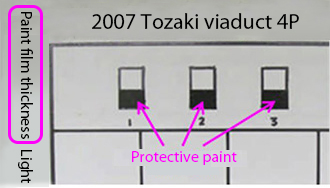
Measurement point
This machine carves a groove, reads the volume of shift in non-connected areas, and by converting the cutting angle calculates the amount of wear.
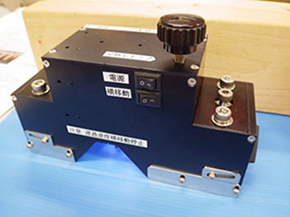
Paint cutter
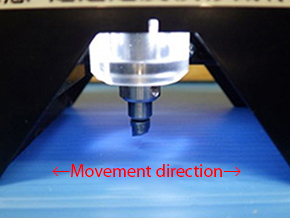
(Built-in drill)
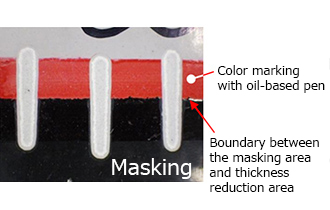
Cutting conditions
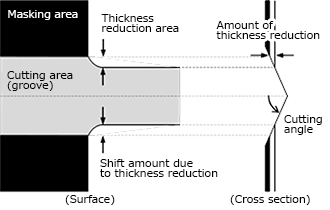
Calculation of thickness reduction
We also collect some of the paint film, and measure the thickness reduction using cross section photographs using an optic microscope.

Optic micrograph
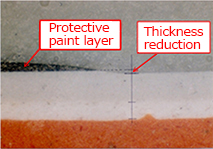
Optic micrograph
【Reference】
Otsuka Masahiro, Kusuhara Shigeki : "Development of deterioration prediction for heavy-duty coating", JSCE Committee of Structural Engineering Journal Vol. 62A (March 2016)
